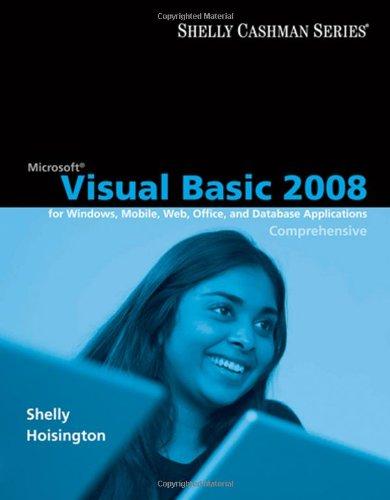Question
In C++ For this assignment you are implementing a system for detecting trends in consumer products over a 48 hour period. We are interested in
In C++
For this assignment you are implementing a system for detecting trends in consumer products over a 48 hour period. We are interested in knowing which products are purchased and sold, the least and most, by various retail stores throughout the United States. When a product is tagged as purchased it indicates that a certain retail store bought units of the product from a supplier. When a product is tagged as sold it indicates that a certain retail store sold that many units of a product. Your system must read product data from a .csv file, and store the data in a way that inserts data in better than linear time (O(n)) in most cases. Since, a binary search tree (BST) is a reasonably efficient data structure for inserting and searching data (O (log n) for balanced trees), you must create two BSTs; one tree represents the products that were sold and the other tree represents the products that were bought. The system must leverage the organization of the trees to display, which products were least bought and sold, and which were most bought and sold for that 48 hour period. Your system is only required to output the following to the screen:
The contents of the two BSTs, which will be printed in order
The product that type and number of units that sold the most
The product that type and number of units that sold the least
The product that type and number of units that were purchased the most
The product that type and number of units that were purchased the least
Class Design:
For this assignment you are required to implement a dynamically linked binary search tree. You will first need to start by defining an abstract base class Node, which encapsulates the following:
Data members:
# mData : std::string // # denotes protected
# mpLeft : Node *
# mpRight : Node *
Member functions:
+ virtual destructor // + denotes public
+ constructor which accepts a string to set the data in the node; each pointer in the node is set to NULL
+ setters one for each data member (3 total should be defined)
+ getters one for each data member (3 total should be defined, the 2 defined to get the pointers should return a reference to the pointer, i.e. Node *&)
+ pure virtual printData () function, which must be overridden in class TransactionNode
Next define a class TransactionNode, which publically inherits from abstract base class Node. Class TransactionNode must encapsulate the following:
New Data members:
- mUnits : int // - denotes private
New Member functions:
+ destructor // + denotes public
+ constructor which accepts a string to set the data and an integer to set the number of units in the node; should invoke class Nodes constructor
+ setter
+ getter
+ printData (), which overrides the pure virtual function in class Node
Now define a class BST, which encapsulates the following:
Data members:
- mpRoot : Node * // yes, we want a pointer to a Node, not TransactionNode here!
Member functions:
+ destructor // calls destroyTree ()
- destroyTree () // yes, its private, and it should visit each node in postOrder to delete them
+ default constructor
+ setter
+ getter
+ insert () // public used to hide pointer information, i.e. wont pass in the root of the tree into this function, only the private insert () function
- insert () // yes, its private, and it dynamically allocates a TransactionNode and inserts recursively in the correct subtree based on mUnits; should pass in a reference to a pointer (i.e. Node *& pT)
+ inOrderTraversal () // yes, once again its private to hide pointer information
- inOrderTraversal (), which recursively visits and prints the contents (mData and mUnits) of each node in the tree in order; each nodes printData () should be called
contents should be printed on a separate line; must call the printData () function associated with the TransactionNode
+ findSmallest (), which returns a reference to a TransactionNode (i.e TransactionNode &) with the smallest mUnits
+ findLargest (), which returns a reference to a TransactionNode with the largest mUnits
Lastly, define a class DataAnalysis, which encapsulates the following:
Data members:
- mTreeSold : BST
- mTreePurchased : BST
- mCsvStream : ifstream
Member functions:
- A function that opens data.csv // yes, its private, and must use mCsvStream to open the file
- A function that reads one line from the file and splits the line into units, type, and transaction fields
- A function that loops until all lines are read from the file; calls the function below, and then displays the current contents of both BSTs; use inOrderTraversal () to display the trees
- A function that compares the transaction field and inserts the units and type into the appropriate tree (mTreeSold or mTreePurchased) // note with the way the data.csv file is organized the trees will be fairly balanced
- A function that writes to the screen the trends we see in our tree; the function must display the type and number of units that are least purchased and sold, and the most purchased and sold
+ runAnalysis (), which is the only public function in the class, aside from possibly a constructor and/or destructor; this function calls the other private functions
Step by Step Solution
There are 3 Steps involved in it
Step: 1

Get Instant Access to Expert-Tailored Solutions
See step-by-step solutions with expert insights and AI powered tools for academic success
Step: 2

Step: 3

Ace Your Homework with AI
Get the answers you need in no time with our AI-driven, step-by-step assistance
Get Started


